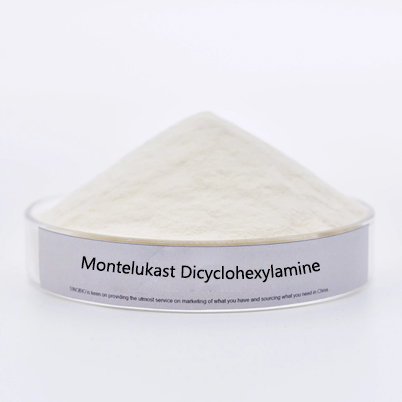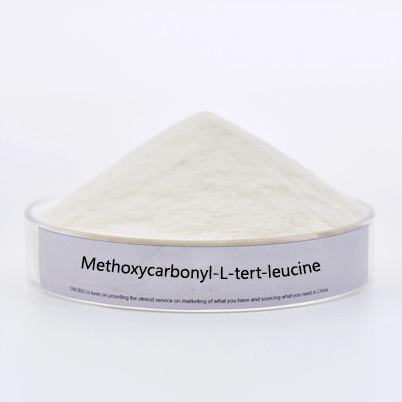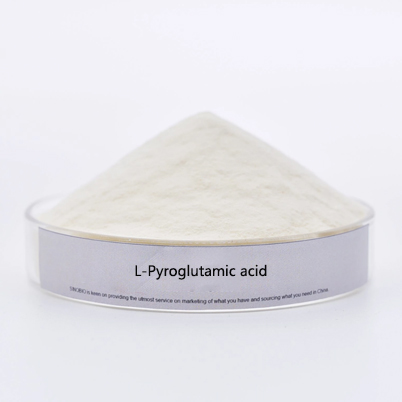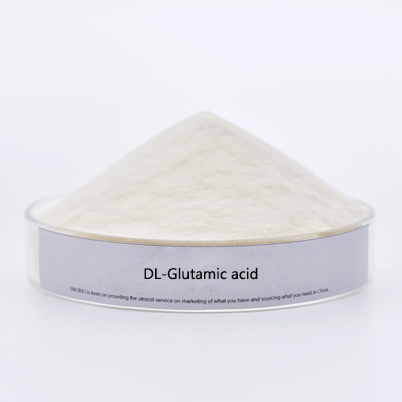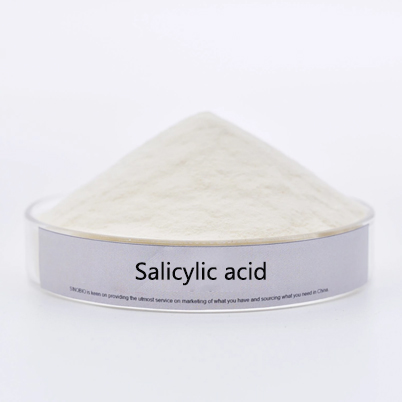- E-mail : info_medicalmarketing@jindunmedical.com
- Phone : +86 21 64057580
- Address : Shanghai China
Detection of 3-aminopiperidine in alogliptin benzoate by ion chromatography
Alogliptin benzoate (alogliptin) is a serine protease dipeptidyl peptidase IV (DPP-IV) inhibitor. It maintains glucagon-like peptide 1 (GLP-1) and glucose-dependent insulinotropic polypeptide (GIP) levels in the body and promotes insulin secretion, thereby exerting a hypoglycemic effect. Alogliptin and its drug combinations are orally effective and specific DPP-IV inhibitors that offer new and important therapeutic options for patients with type 2 diabetes and have wide application prospects. In the synthesis of this API, 3-aminopiperidine is used as a process intermediate in the substitution reaction, and therefore 3-aminopiperidine is left in the final synthesis. Piperidine and its derivatives have high toxicity as an elevating agent with a semi-lethal dose of 50 mg/kg, so it is important to control the residual amount of piperidine in the final product.
The commonly used methods for the determination of small molecule organic amines are headspace gas chromatography and liquid phase ion-pairing, but both methods fail to meet the requirements in terms of sensitivity and separation. 3-aminopiperidine is a strong alkaline substance, which can be separated in a cationic manner under acidic conditions and detected by inhibited conductivity method, meeting the requirements of both detection and separation. Microsource assay verified that the method can reach the detection limit of 0.05 mg/L, which is suitable for the quality control study of alogliptin benzoate.
Conclusion. The method was validated to be very suitable for the determination of 3-aminopiperidine in alogliptin benzoate using ion chromatography, and the detection limit can be achieved at a very low level.
-
date
2022-10-09
-
location
Shanghai, China






































